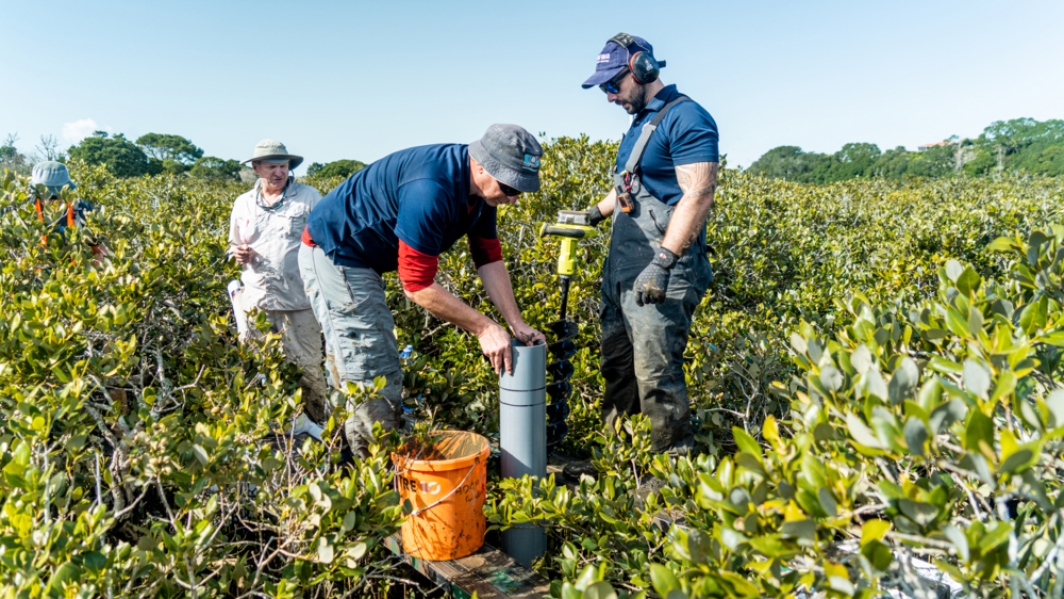-
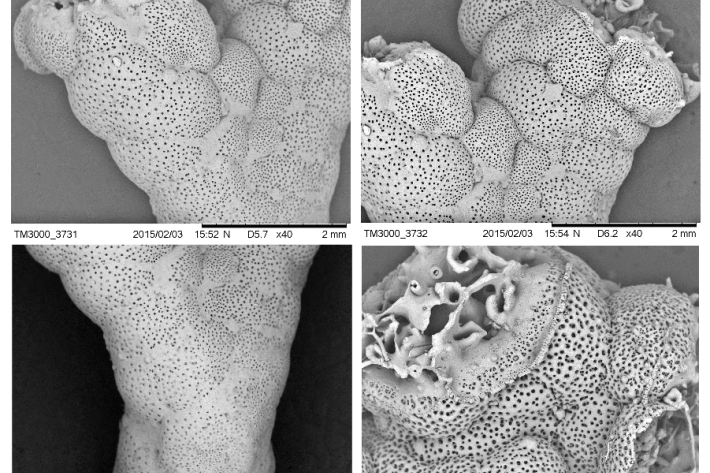
Critter of the Week: the newly discovered giant Foraminifera
A new foraminiferan has been discovered in moderately deep water (110 metres) northwest of the Bay of Islands in New Zealand. -
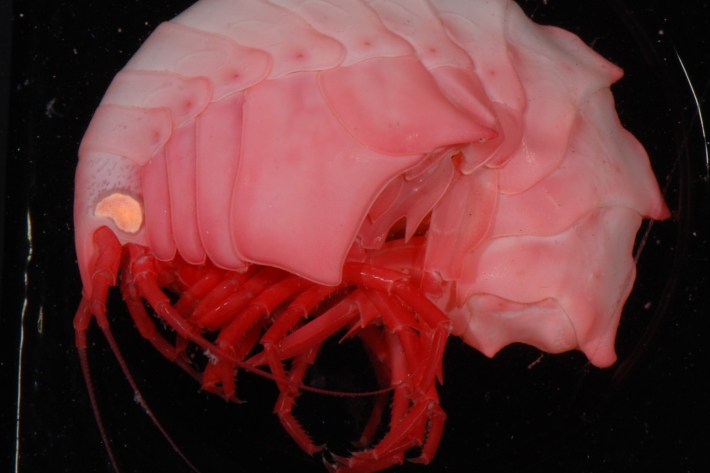
Critter of the Week: Epimeria larsi, jewels of the deep
This hot pink gem is Epimeria larsi Lörz, 2009 described by our very own amphipod expert Anne-Nina Lörz and named after her husband Lars! -
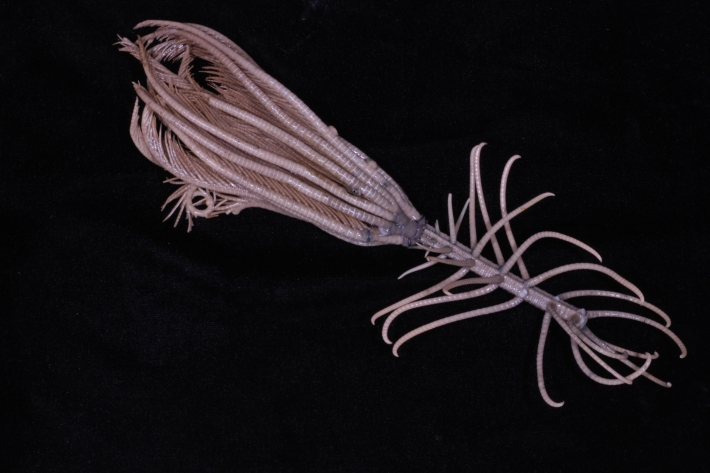
Critter of the Week - the beautiful stalked crinoids – Isocrinidae
If you are a fan of crinoids (and who isn’t) you might enjoy this short documentary (27mins), Living Fossils, which features our friend Charles Messing from Nova Southeastern University. -

Critter of the Week: the predatory snake star, Astrotoma agassizii
Astrotoma agassizii is commonly found in the Ross Sea at the Balleny Islands, Victoria Land and Terra Nova Bay. -
The science
Read about the science that will be undertaken during the voyage. -

Voyage overview
Read details about the aims of the voyage and find information about the scientists and crew on board. -

Critter of the Week: the multi-coloured seastar, Asterodiscides truncatus
This week’s critter is a funky, multi-coloured seastar, Asterodiscides truncatus, commonly known as the firebrick seastar. -

Summer Series #4: The science of the surf
News article12 January 2015Nothing says summer holiday quite like the rhythmical sigh of waves breaking gently on a sundrenched shore. -
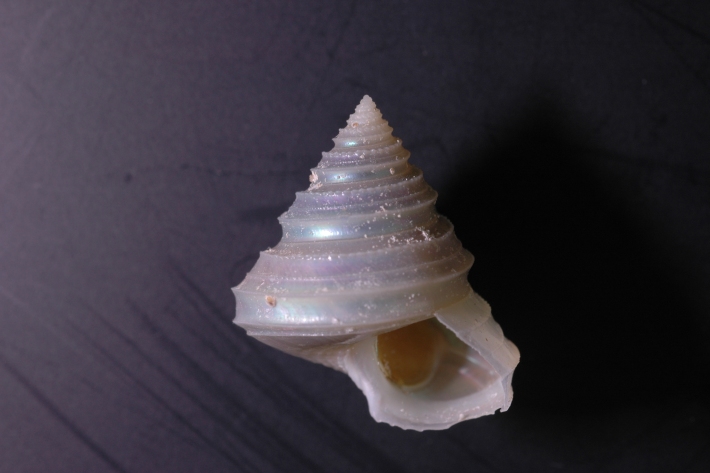
Critter of the Week: the beautiful group of marine snails - Calliostomatidae
New Zealand marine molluscs are incredibly diverse, with nearly 3,600 species described or known undescribed (Gordon, 2009). -

Critter of the Week: Meiofauna
When we think about marine animals, we usually think about organisms that are relatively large, such as whales, sharks, fish, squid, or sea stars. -
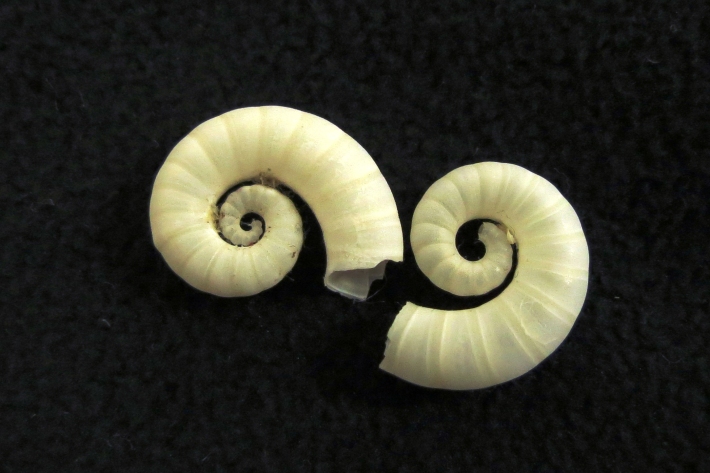
Critter of the week: Spirula spirula
The Ram’s Horn squid (Spirula spirula) is a mesopelagic species, meaning that it lives in the mid-water column. It typically lives in dark depths of 500-1000 m in the day and migrates up to the shallows of 300 m at night. -

This week's grumpy crab Critter is the New Zealand vent crab Gandalfus puia
We would probably be grumpy too if we didn’t have any eyes, however, in the deep sea, where there is very little light many organisms have lost the ability to see altogether.

